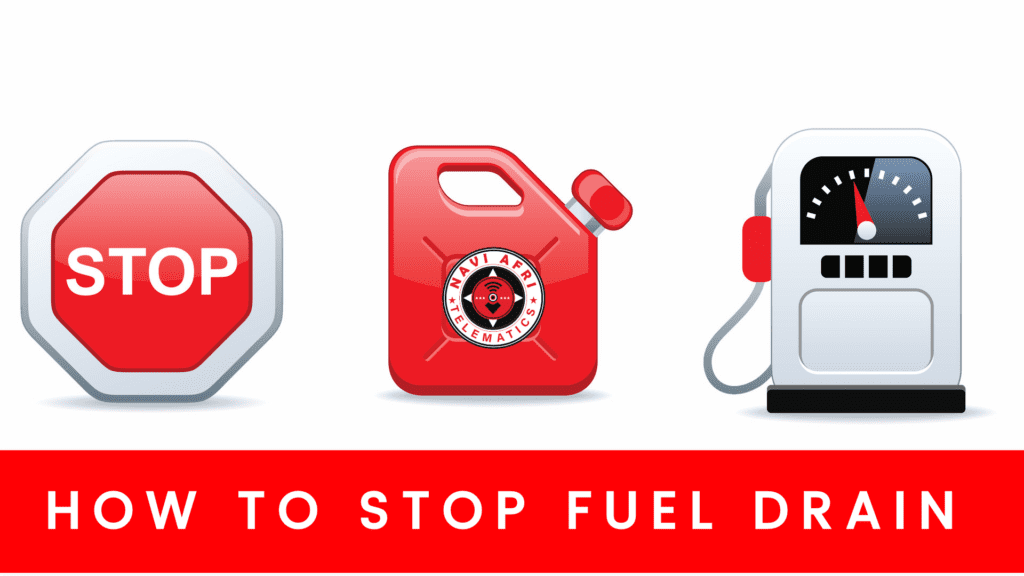The transportation industry is the backbone of global commerce, connecting businesses and consumers across the globe. However, one pervasive issue threatens the very survival of transport operators: fuel drainage. This insidious problem quietly erodes profit margins, leaving transporters struggling to stay afloat.
Fuel drainage, also known as fuel theft or siphoning, refers to the unauthorized removal of fuel from vehicles. This malicious activity can occur at any point in the supply chain, from fueling stations to storage facilities and even during transportation.
The transportation industry faces a pressing concern: drivers draining company fuel, compromising business operations and profitability. This alarming trend raises questions about driver motivations, accountability, and the consequences of their actions.
Consequences of Fuel Drainage
- Eroding Profit Margins: Transporters operate on thin margins, typically between 5-10%. Fuel drainage can wipe out these margins, leaving little to no room for profit.
- Increased Operational Costs: Replacing lost fuel and repairing damaged vehicles adds to operational expenses.
- Compromised Customer Relationships: Delays and increased costs due to fuel drainage can strain relationships with clients.
- Reputational Damage: Unreliable delivery times and compromised security can tarnish a transporter’s reputation.
- Strategies to Combat Fuel Drainage
- Technological Solutions
- Fuel Monitoring Systems: Install real-time fuel level monitoring systems to track fuel levels and detect anomalies.
- GPS Tracking: Utilize GPS tracking to monitor vehicle movements and identify potential fuel drainage hotspots.
- Smart Fuel Caps: Implement secure, tamper-evident fuel caps.
- Operational Improvements
- Regular Vehicle Inspections: Conduct frequent vehicle checks to identify potential vulnerabilities.
- Secure Fuel Storage: Ensure fuel storage facilities are secure and monitored.
- Driver Education: Train drivers on fuel conservation and security best practices.
Collaborative Efforts
- Industry Partnerships: Collaborate with other transporters, fuel suppliers, and law enforcement to share intelligence and best practices.
- Fuel Supplier Partnerships: Work with fuel suppliers to implement secure fuel delivery and storage protocols.
Implementing Effective Countermeasures
- Conduct Risk Assessments: Identify vulnerable areas in your operation.
- Develop a Fuel Drainage Policy: Establish clear procedures for reporting and addressing fuel drainage incidents.
- Invest in Employee Training: Educate staff on fuel security and monitoring.
Conclusion
Fuel drainage is a pervasive threat to the transportation industry, quietly draining profits and undermining operational efficiency. By implementing technological solutions, operational improvements, and collaborative efforts, transporters can protect their margins and ensure the long-term sustainability of their businesses.
By Abel Musonda Jr – Telematic Genius











